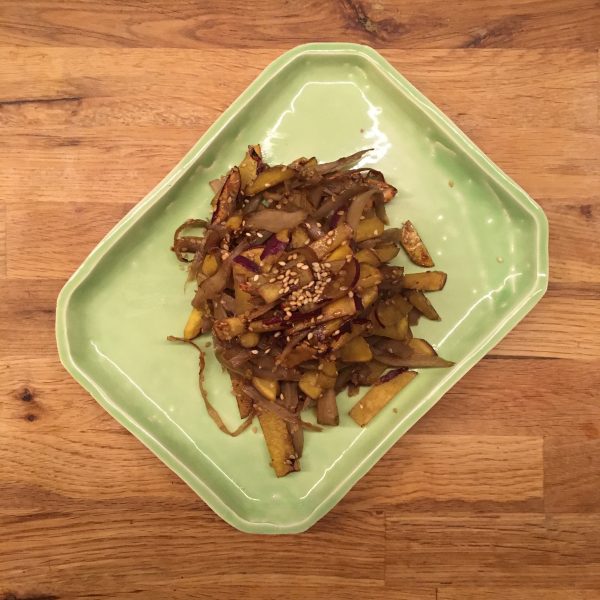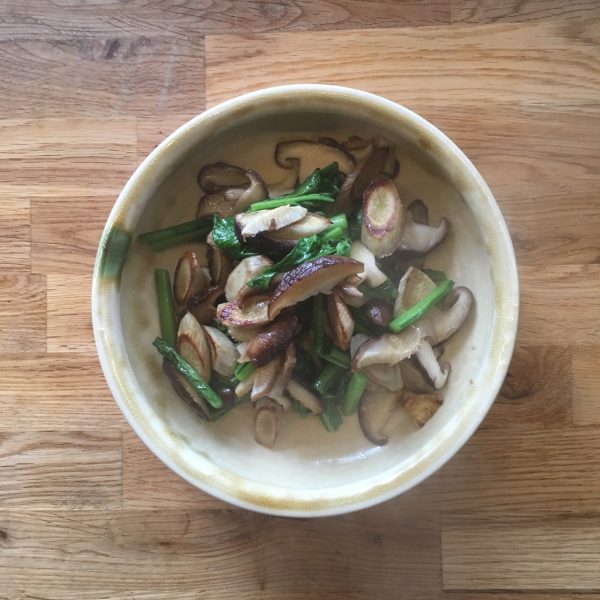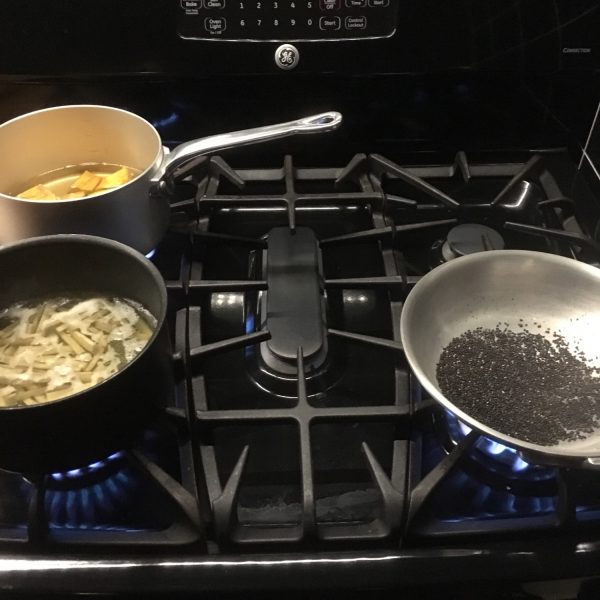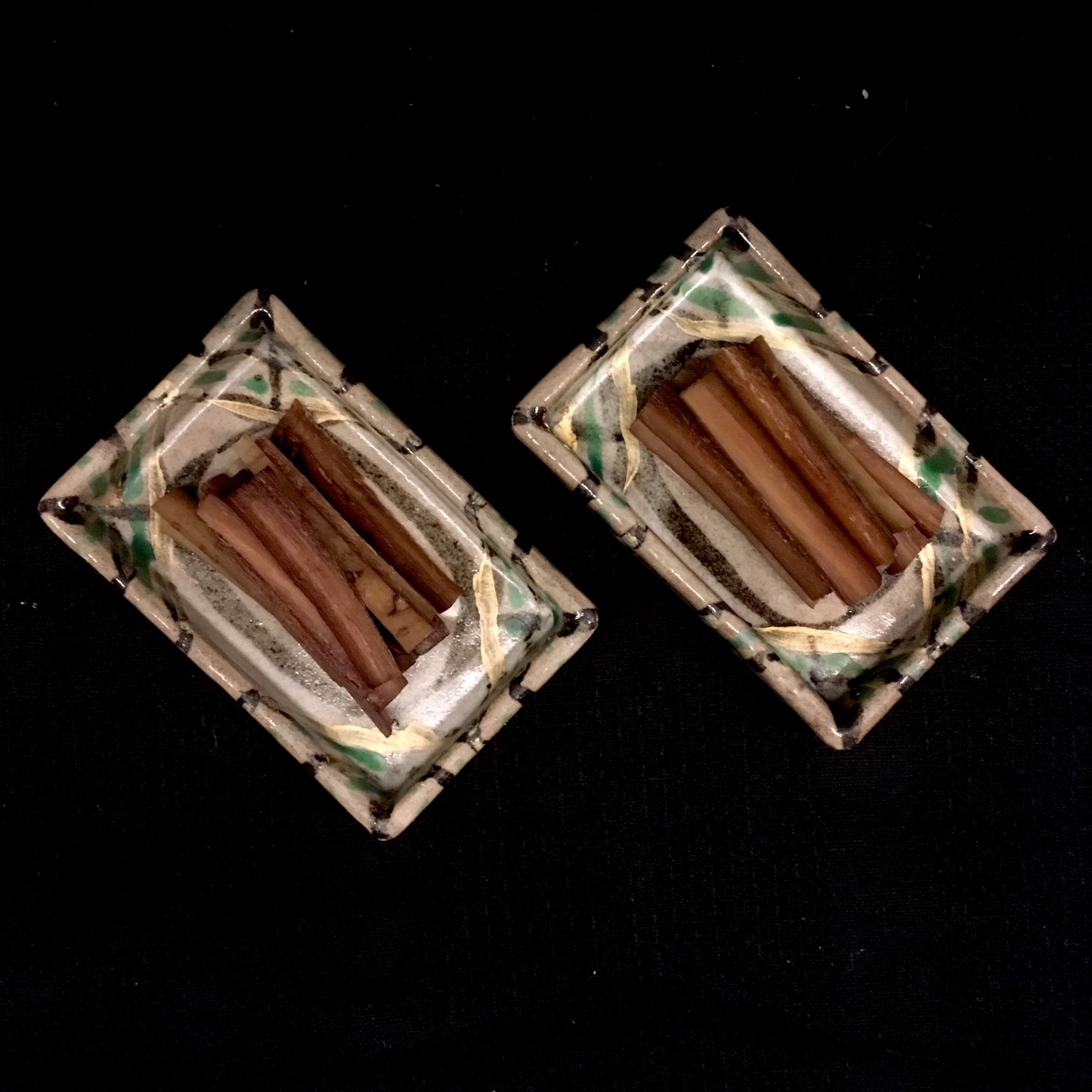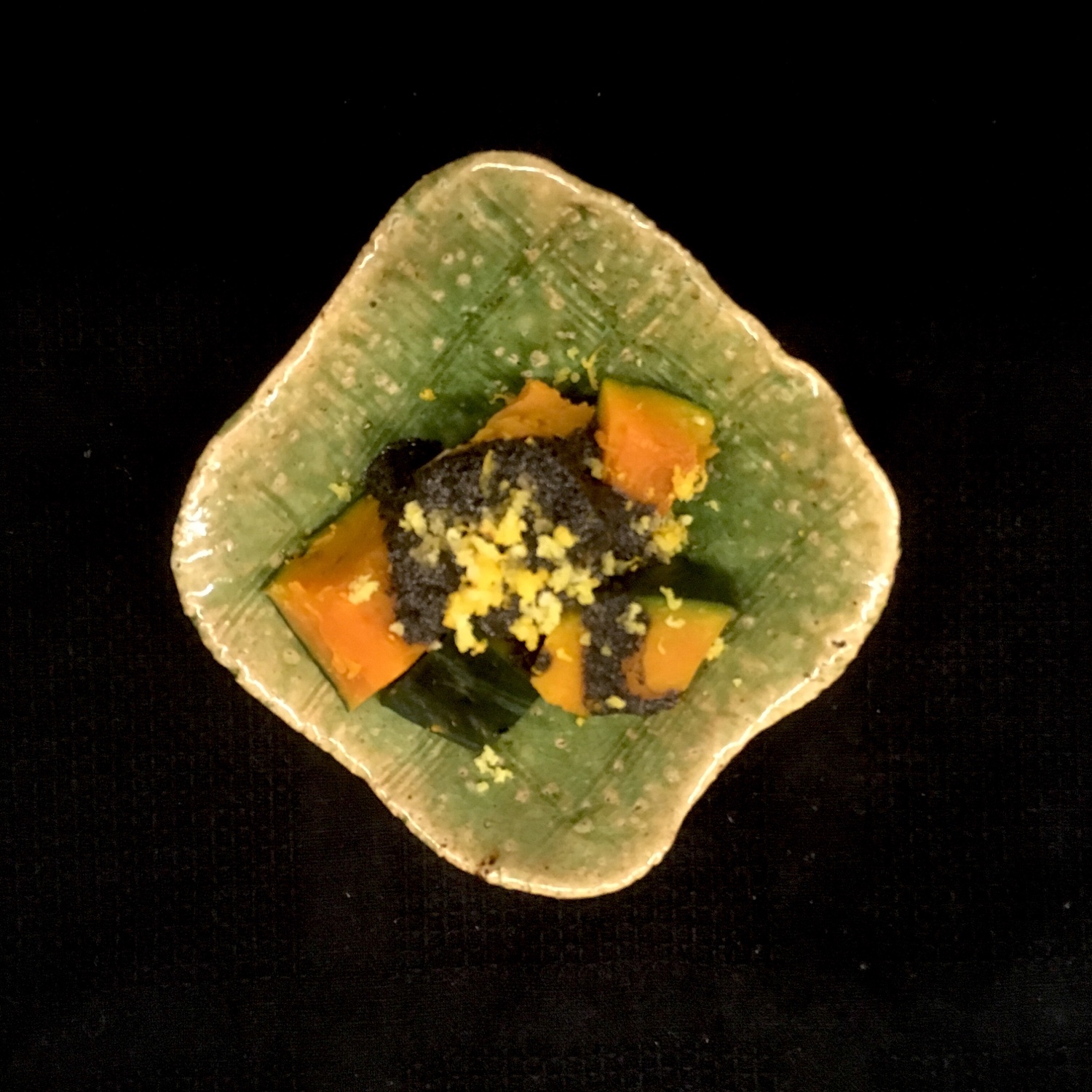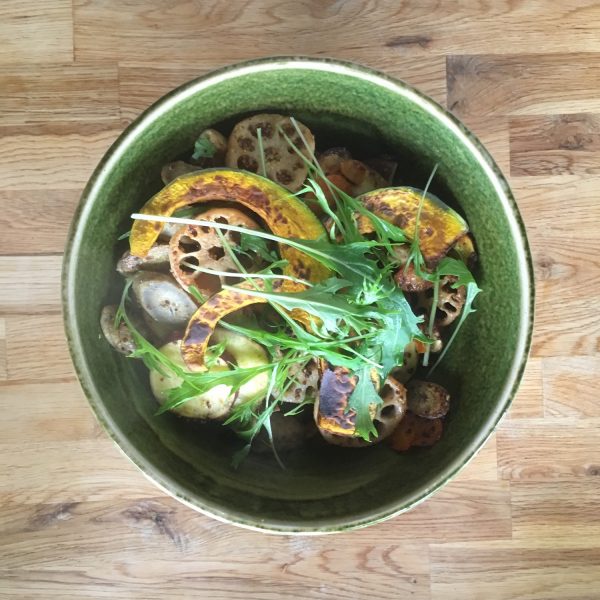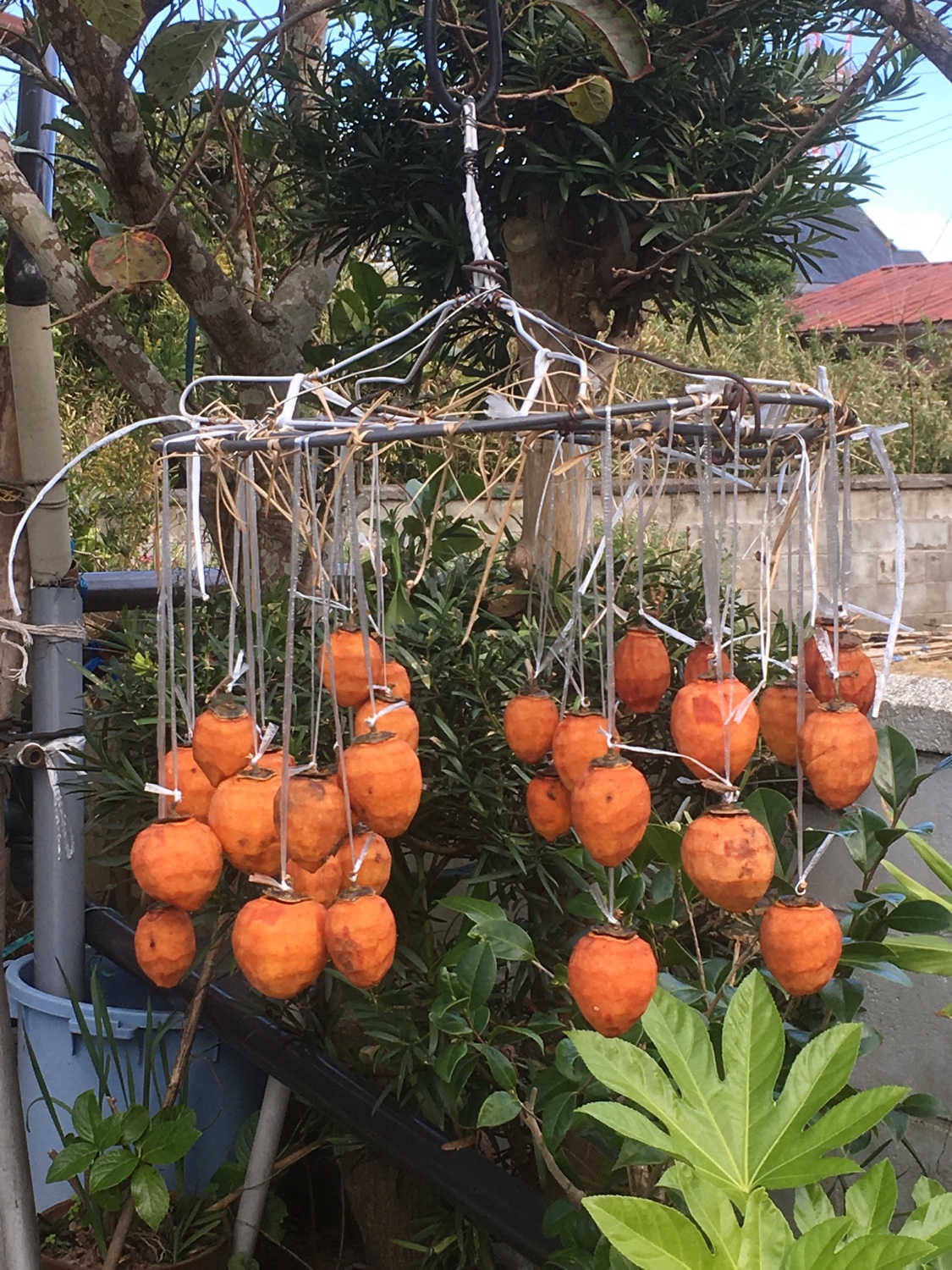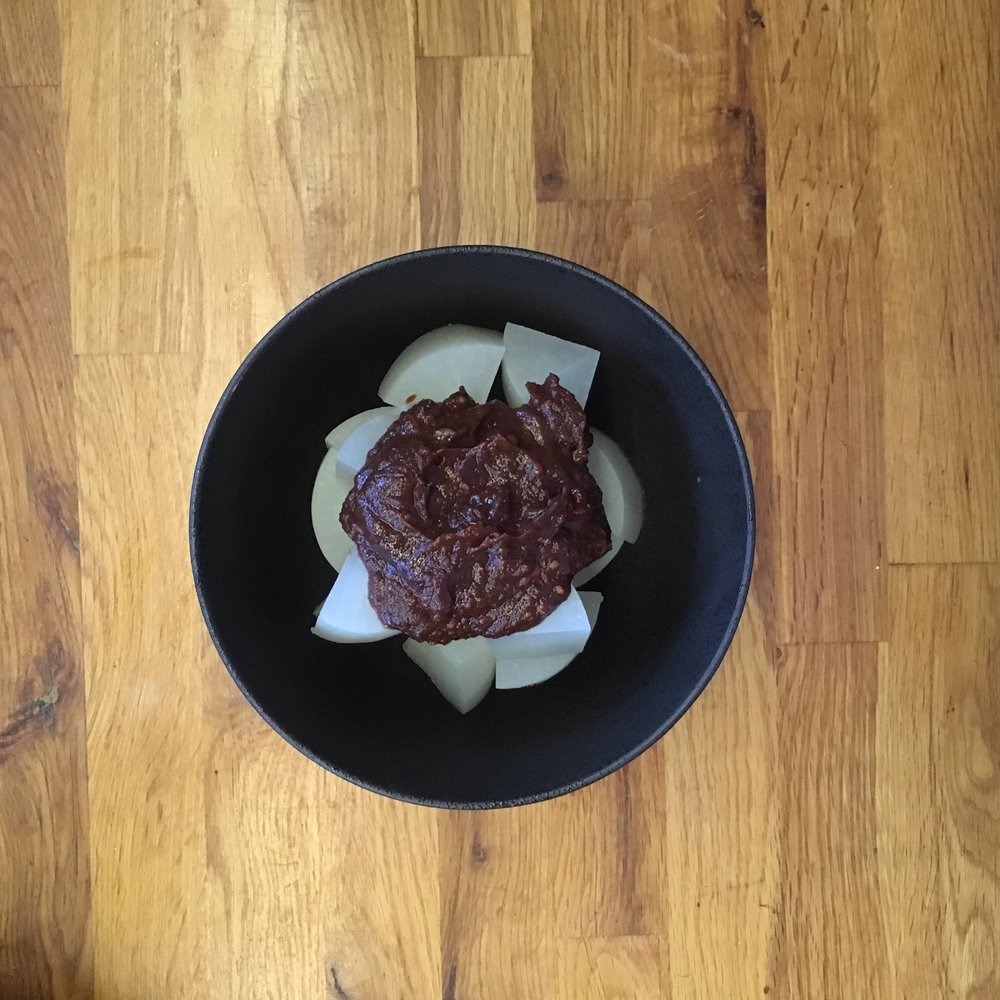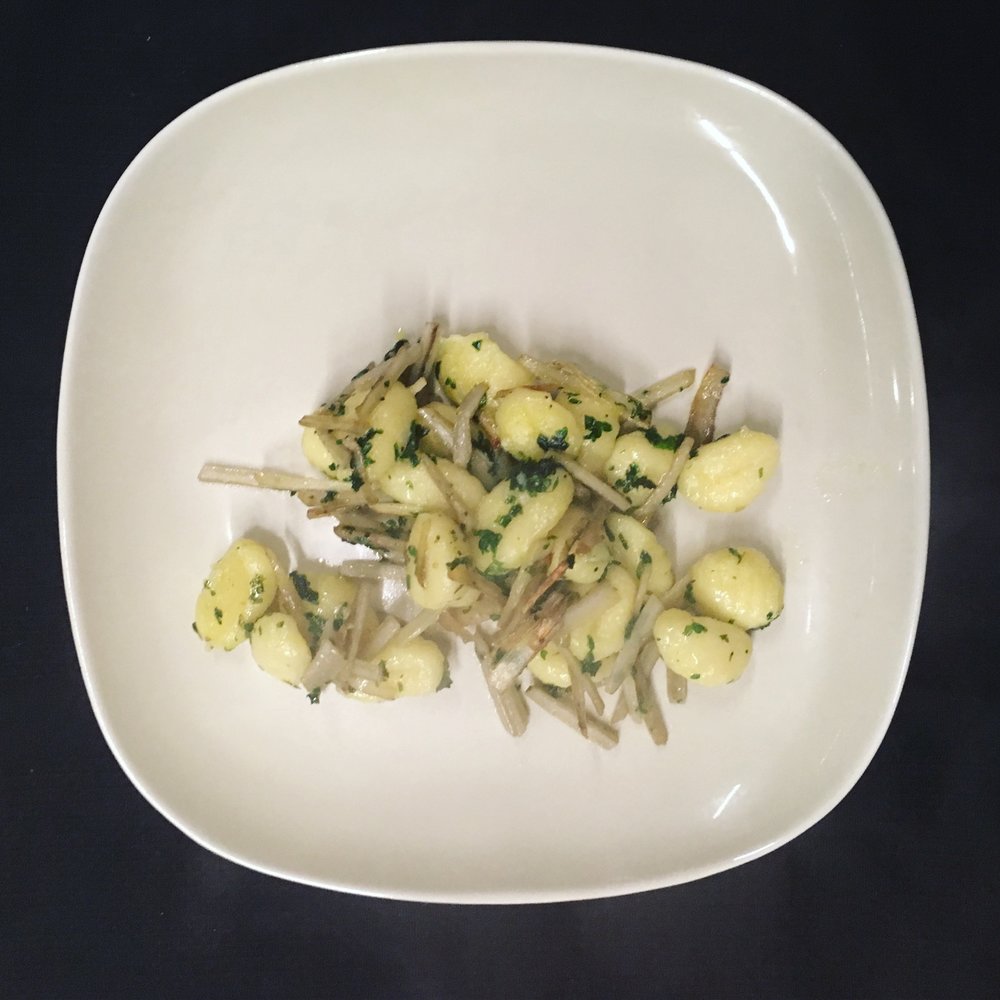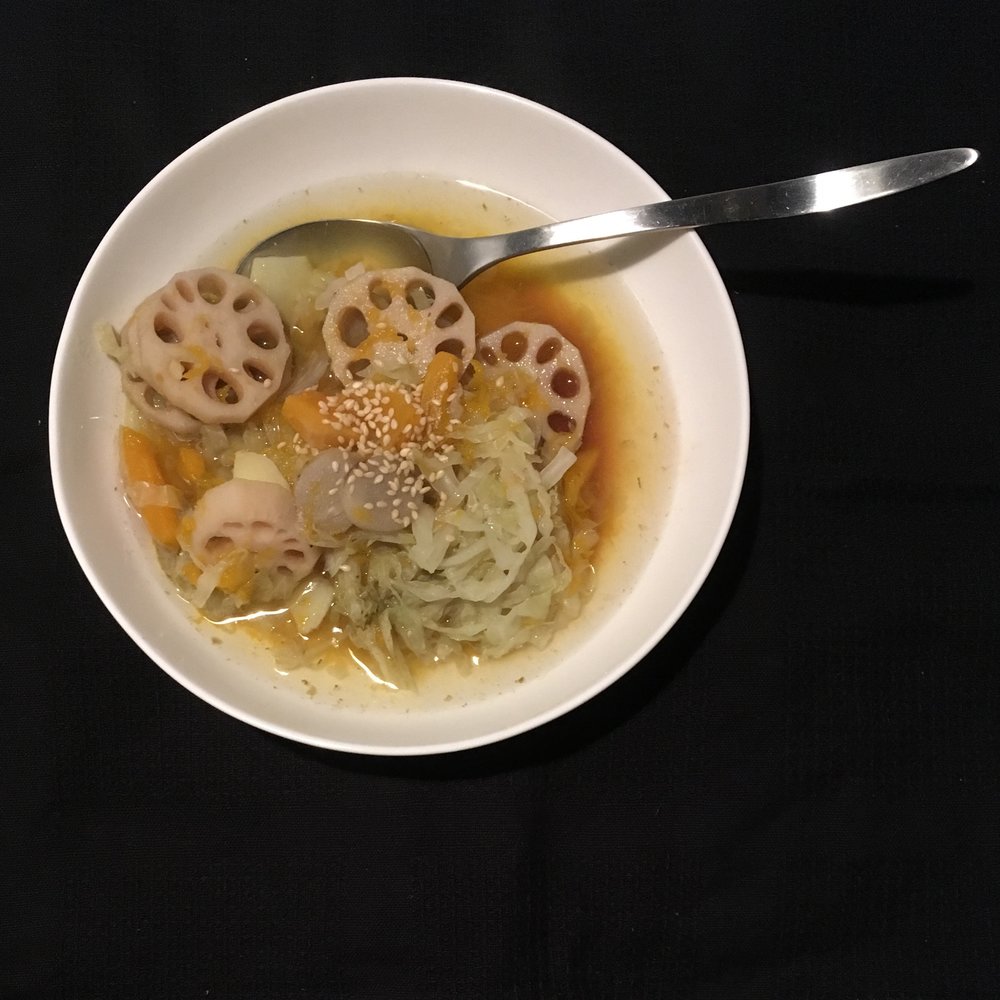With the fall, burdock 牛蒡 gobou is back in season. This long root that looks like a salsifis but is firm and ressembles in texture artichokes, and a bit in taste too… is a classic flavor in Japanese cuisine. Probably because of a rather country style strong flavor and its fibrous texture, it often appears in simple recipes with other strongly flavored ingredients: chilly pepper in kinpira for example, or in very small quantities. Given that a burdock root is quite big, and one can keep for rather long, it is a very handy vegetable!!!
I love to cook it in different preparations. Creamy soup is one of my favorite but it takes quite some time and requires a blender. Last night I came up with a simple recipe that mixes daigaku imo recipe inspiration with gobou in a light version. I’ll talk about daigaku imo later… The recipe with burdock is really simple and super tasty. It is perfect with a bowl of rice or whatever you like.
Burdock & sweet potato (2 servings)
- 1/2 burdock
- 1 sweet potato not too big (fits in the palm)
- 2tbs of sesame seeds
- 1tbs of sesame oil
- 2tbs of soya sauce
- 1tsp of sugar
Wash and peel the burdock. With a peeler make kind of gobou flakes. Boil in water until it softens. About 15min probably. Drain. Wash the sweet potato and cut in sticks not too big.
In a pan greased with the sesame oil, start cooking the sweet potato. Add the burdock drained. Stir well. When the sweet potato changes to darker yellow or golden, add the sugar the soya sauce, and the sesame seeds, stir well again. Cook another 2 minutes while stirring. And serve. Eat warm or chilled.
